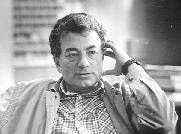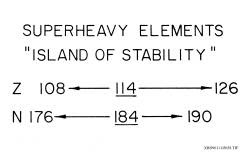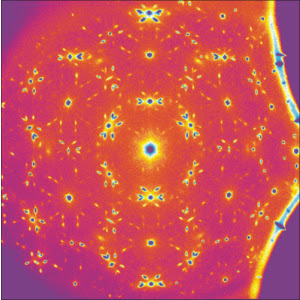capacity for object details
Timothy F. Brady*, Talia Konkle, George A. Alvarez, and Aude Oliva*
Department of Brain and Cognitive Sciences, Massachusetts Institute of Technology, Cambridge, MA 02139
Edited by Dale Purves, Duke University Medical Center, Durham, NC, and approved August 1, 2008 (received for review April 8, 2008)
One of the major lessons of memory research has been that human
memory is fallible, imprecise, and subject to interference. Thus,
although observers can remember thousands of images, it is
widely assumed that these memories lack detail. Contrary to this
assumption, here we show that long-term memory is capable of
storing a massive number of objects with details from the image.
© 2008 by The National Academy of Sciences of the USA
 Image Courtesy
Image Courtesy
.jpg)










